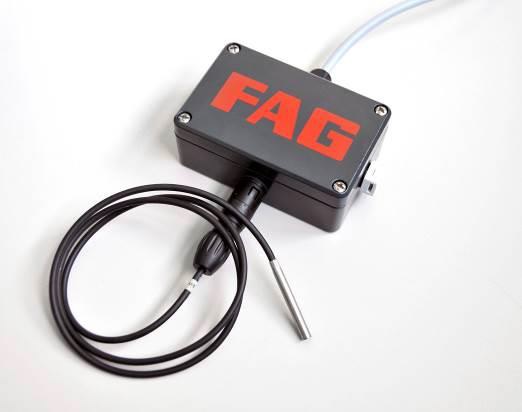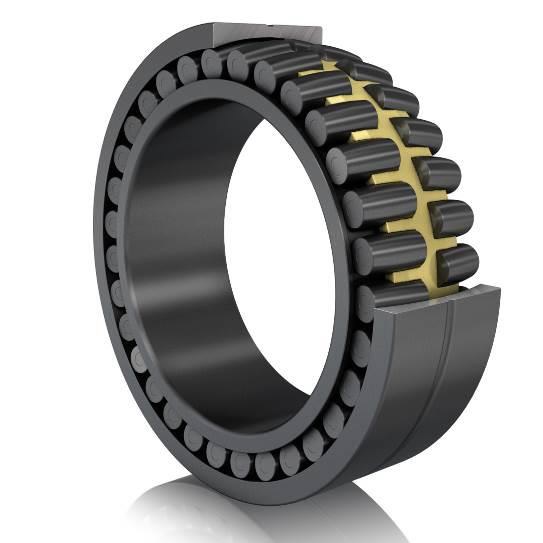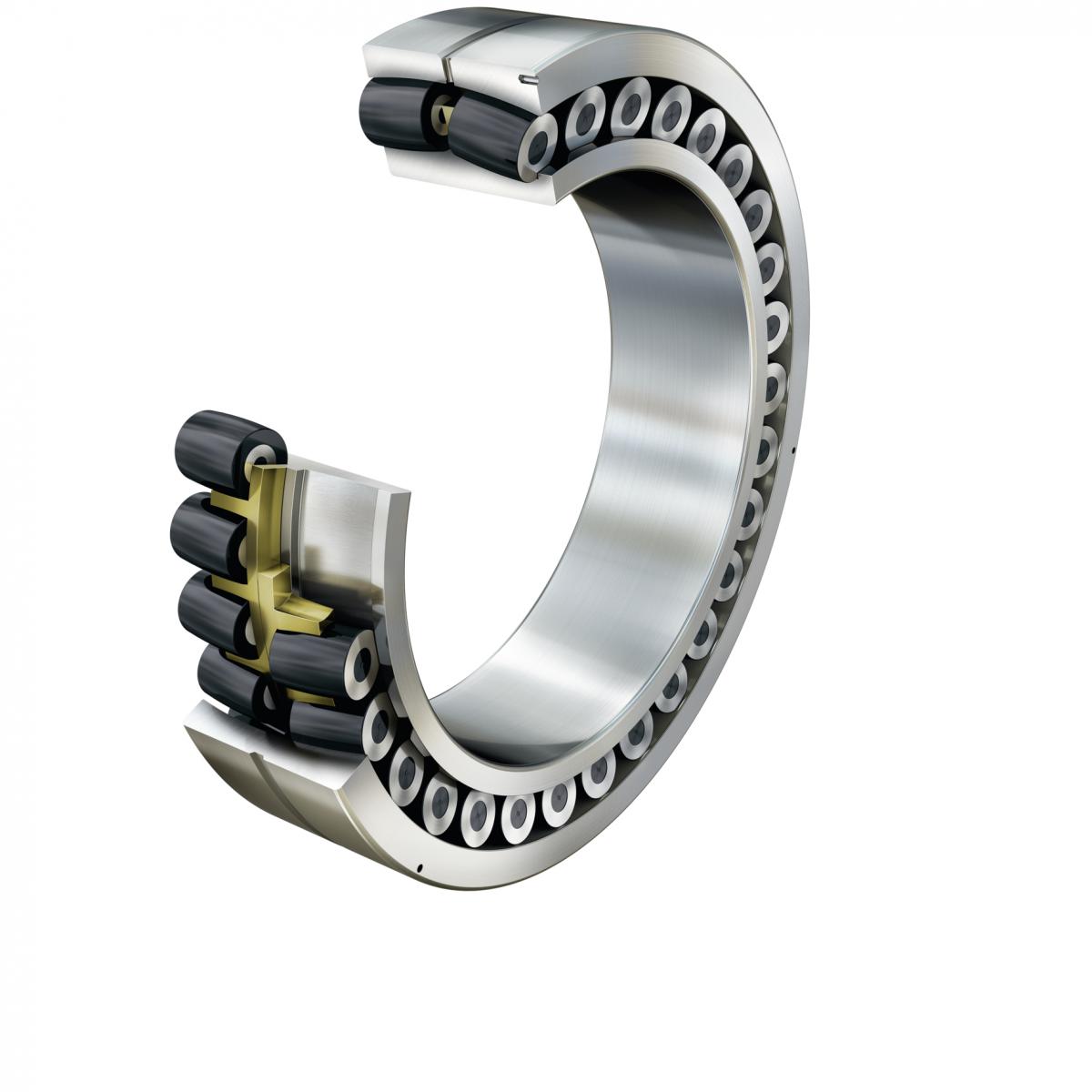All the forces from the wind act directly on the rotor bearing support in a wind turbine and the rolling bearings are therefore subjected to highly dynamic loads and operating conditions. A range of powertrain designs have established themselves on the market, each of which requires a different bearing support. Schaeffler has therefore optimized proven bearings and, at the same time, developed new bearing designs for various bearing support concepts.
ASTRAIOS: Simulation models and test runs provide mutual optimization Schaeffler's own large-size bearing test rig ASTRAIOS contributed to the development of the flange-mounted tapered roller bearing unit: While rating life calculations from smaller rolling bearings transfer well to large-size bearings, this is not so much the case for other parameters such as kinematics or frictional torque. Simulations in these areas must be therefore validated by test results. The measurements are fed back into the simulation models in a multi-stage process so that they can calculate the loading and the kinematic behavior of a large-size bearing. If, for example, only deformation is calculated, then its effect on the function of the rolling bearing can be simulated and validated on the test rig. Ever since ASTRAIOS was put into operation in 2011, it has been supplying important information on features which could previously not be tested, such as sealing and lubrication concepts, operating clearance (influence of the temperature and connecting screws) and roller speed.
FAG spherical roller bearings: More robust then ever In order to increase the reliability, availability and therefore the economy of wind turbines, Schaeffler has optimized its spherical roller bearings for main rotor bearing supports. This bearing design is used exclusively on the so-called shaft bearing support - the most frequently occurring bearing support concept. In order to optimize the bearing, both its micro and macro geometry were addressed. The result is conclusive: It was possible to reduce friction and pressures in the bearing, to improve the distribution of forces, and to increase the axial rigidity. These optimized spherical roller bearings therefore have greater resistance to the wear which specifically occurs as a result of axial displacement. These bearings successfully completed a comprehensive range of tests as part of their validation for the Schaeffler "X-life" quality seal. The validation steps required for this have been certified by Germanischer Lloyd (GL certificate GL-CER-002-2015).
Asymmetric FAG spherical roller bearings: New design for improved load distribution This asymmetric design represents a significant step forward. It substantially increases the axial load carrying capacity and thus the operating life of main bearings in wind turbines. It allows a larger contact angle to be used on the bearing row subject to axial loads and a smaller contact angle on the bearing row subject mainly to radial loads. This has produced improved load distribution, lower contact pressures and a significant reduction in the axial displacement.



















